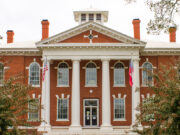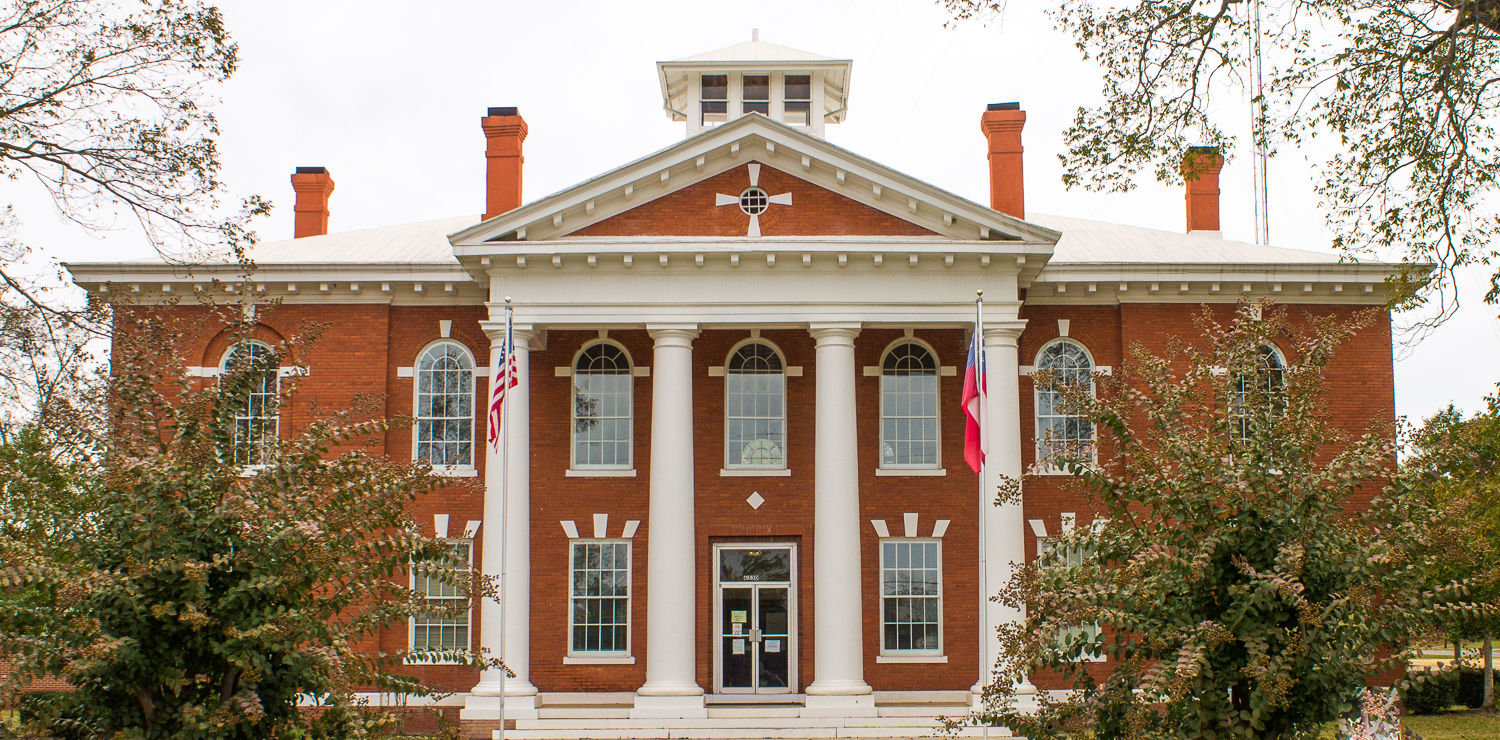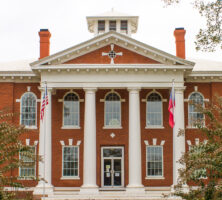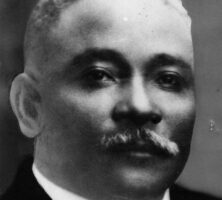On December 16, 1853, Webster County, in the southwestern part of the state, was carved out of Lee and Stewart counties to become Georgia’s 103rd county. The Creek Indians ceded the land to the United States in the treaty of 1826. Creek influence is still apparent in the names of three of the area’s slow-moving creeks, the Kinchafoonee, Choctahatchee, and Lanahassee.
The county was originally called Kinchafoonee (a Creek word meaning white bones) for the main creek running from north to southeast, but the name drew so much criticism that in 1856 it was changed to Webster, in honor of Daniel Webster, the New Hampshire orator and statesman. The first settlement in Webster County was Lanahassee, located east of the creek bearing its name. The settlement was later moved three miles to the west, renamed Preston in 1856, and made the county seat. It was named for William C. Preston, a distinguished senator from South Carolina and the president of South Carolina College.
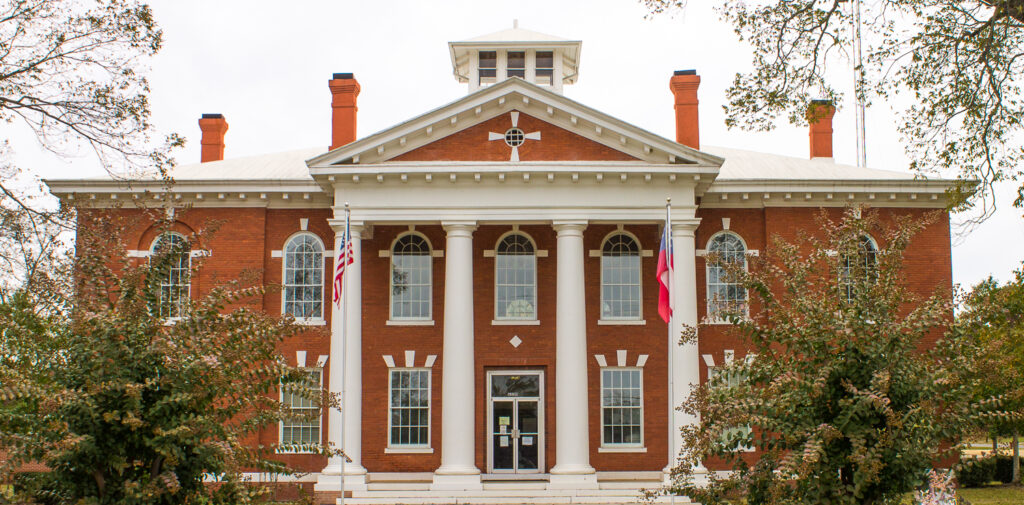
In the early years of Webster County, with its fertile soils and numerous creeks, cotton was king. But with the devastating arrival of the boll weevil in Georgia in 1915, cotton lost its importance as farmers diversified into peanuts, corn, and wheat. In the early twentieth century several sawmills were built as the forest industry grew. A modern high-production sawmill has replaced the old mills.
The county, which is mainly rural, covers an area of 210 square miles. The population reached a high of 6,618 in the census of 1900 and then decreased in subsequent years to a low of 2,263 in 1990. The trend was finally reversed in the last ten years of the twentieth century, when the population increased to 2,390 by 2000. In 2009 the communities of Preston and Weston were unincorporated and consolidated to form the Unified Government of Webster County, headquartered in Preston. In 2020, according to the U.S. census, the population was 2,348.
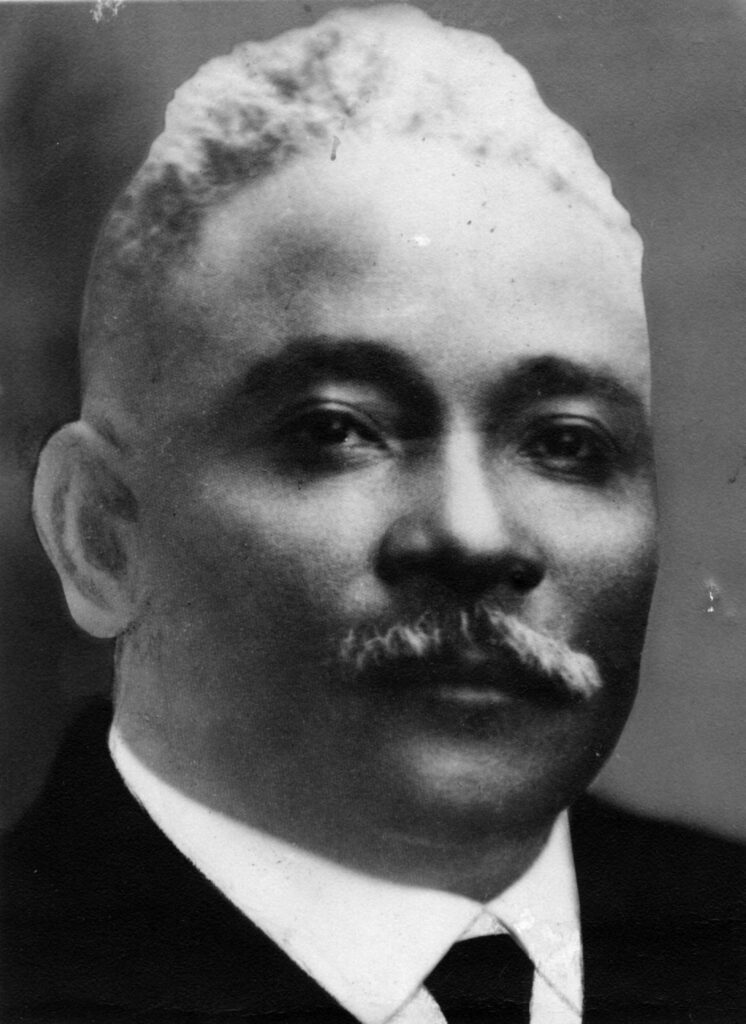
Education in Webster County has progressed from numerous one-room segregated schools to today’s modern multiracial elementary, middle, and high schools. In the late 1920s William Decker Johnson, the bishop of five midwestern states in the African Methodist Episcopal Church (AME Church), founded the Johnson Home Industrial School as a private African American college, which later became a grammar and high school. The school flourished for many years until Johnson’s death in 1936. Bishop Johnson, father of composer Hall Johnson, was from the Archery community, near Plains in nearby Sumter County. U.S. president Jimmy Carter has described Johnson as a pioneering Black leader who transformed Carter’s life.
The county is the birthplace of Walter F. George, for many years a U.S. senator from Georgia. A reservoir on the Chattahoochee River is named in his honor. Both the county courthouse and the jail are on the National Register of Historic Places.


